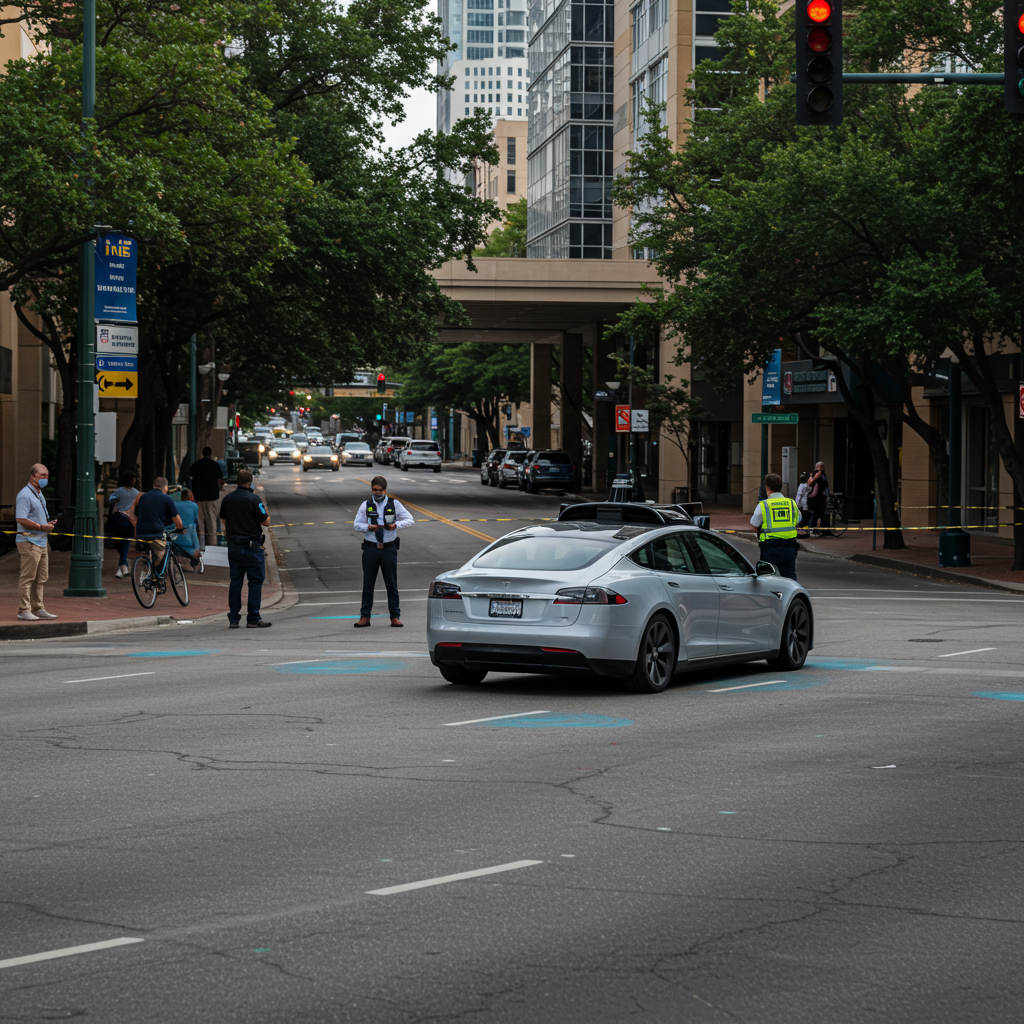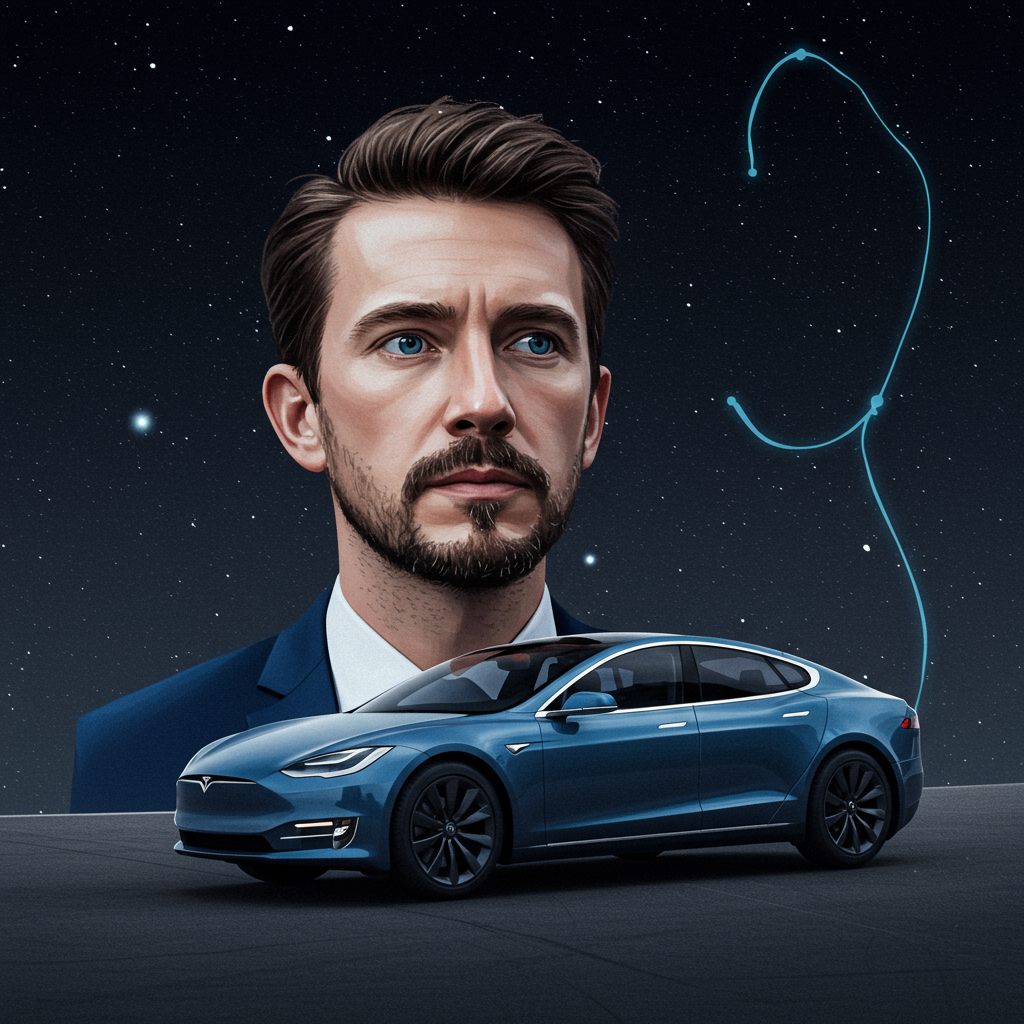Tesla’s self-driving robotaxis, which formally launched in Austin, Texas, on June 22, have quickly captured the attention of both local residents and federal safety regulators. Following the service’s debut, online videos and first-person accounts have emerged, alleging instances of the autonomous vehicles exhibiting problematic behavior.
These reports, documented across social media, describe some Tesla Model Y robotaxis speeding, driving in the wrong lane, and unexpectedly stopping in the middle of intersections. While some passengers have shared positive experiences using the $4.20 flat-fee service, the widely shared videos of erratic driving are raising questions about the safety and readiness of the technology.
It’s worth noting that Tesla isn’t the only player in Austin’s autonomous vehicle scene; Waymo currently operates its self-driving service there, and Zoox is conducting testing.
NHTSA Responds to Reported Incidents
The National Highway Traffic Safety Administration (NHTSA) has taken notice of the online reports. While NHTSA does not pre-approve new vehicle technologies, the agency confirmed it is aware of the referenced incidents involving Tesla’s robotaxis. A spokesperson stated that NHTSA is in contact with Tesla to gather additional information regarding these events.
This communication comes as NHTSA already has an existing investigation underway concerning Tesla’s broader Full Self-Driving (FSD) systems. Following any assessment of potential safety defects, NHTSA stated it will take “any necessary actions to protect road safety.”
Tesla has not yet publicly responded to requests for comment regarding the reported robotaxi behavior in Austin.
Building Public Trust in Autonomous Vehicles
The proliferation of videos potentially showing Tesla robotaxis misbehaving could challenge the company’s efforts to build public confidence in its autonomous technology. Gaining public trust in complex “black-box” autonomous systems presents a significant hurdle, often described as a “chicken and egg problem.”
Sayan Mitra, a professor of electrical and computer engineering at the University of Illinois’ Granger College of Engineering, suggests that wide-scale, real-world testing, which Tesla is currently undertaking in Austin, is one way to address this. However, he cautions that this approach carries substantial risks, as it involves the general public – including pedestrians, cyclists, and other drivers – who have not explicitly consented to being part of these trials.
Mitra proposes alternative strategies to bolster trust. One involves developing a formal certification system for autonomous vehicles in collaboration with regulatory bodies, potentially mirroring the approach used in the aviation industry. Another strategy involves generating mathematical models that can help provide verifiable proof of safety guarantees for the autonomous systems. While ambitious, such techniques are already foundational to the safety of critical infrastructure like cryptographic protocols and aircraft controllers. Mitra believes even partial results from such models, grounded in explicit assumptions, would represent a meaningful step beyond relying solely on opaque safety claims.
For the moment, however, Tesla appears focused on demonstrating the capability and safety of its robotaxis through their ongoing real-world operation in Austin. The reported incidents and subsequent regulatory interest highlight the ongoing challenges and scrutiny facing autonomous vehicle deployments.


